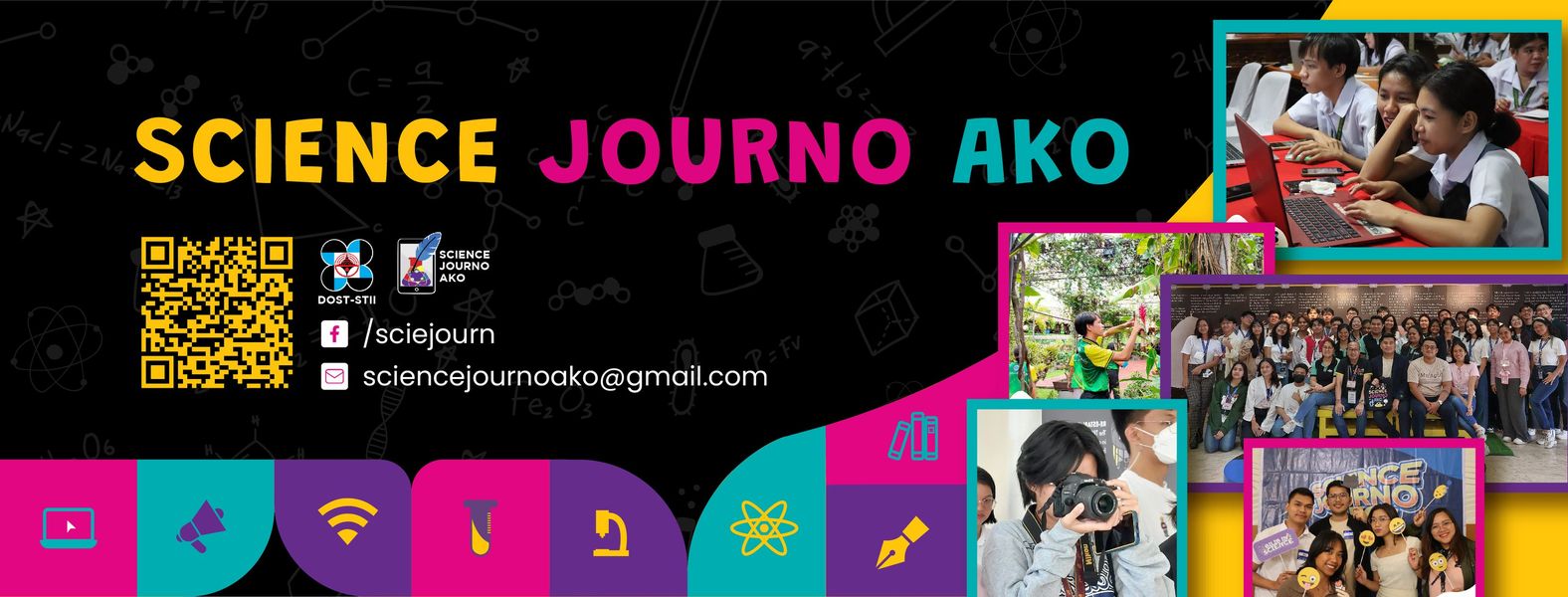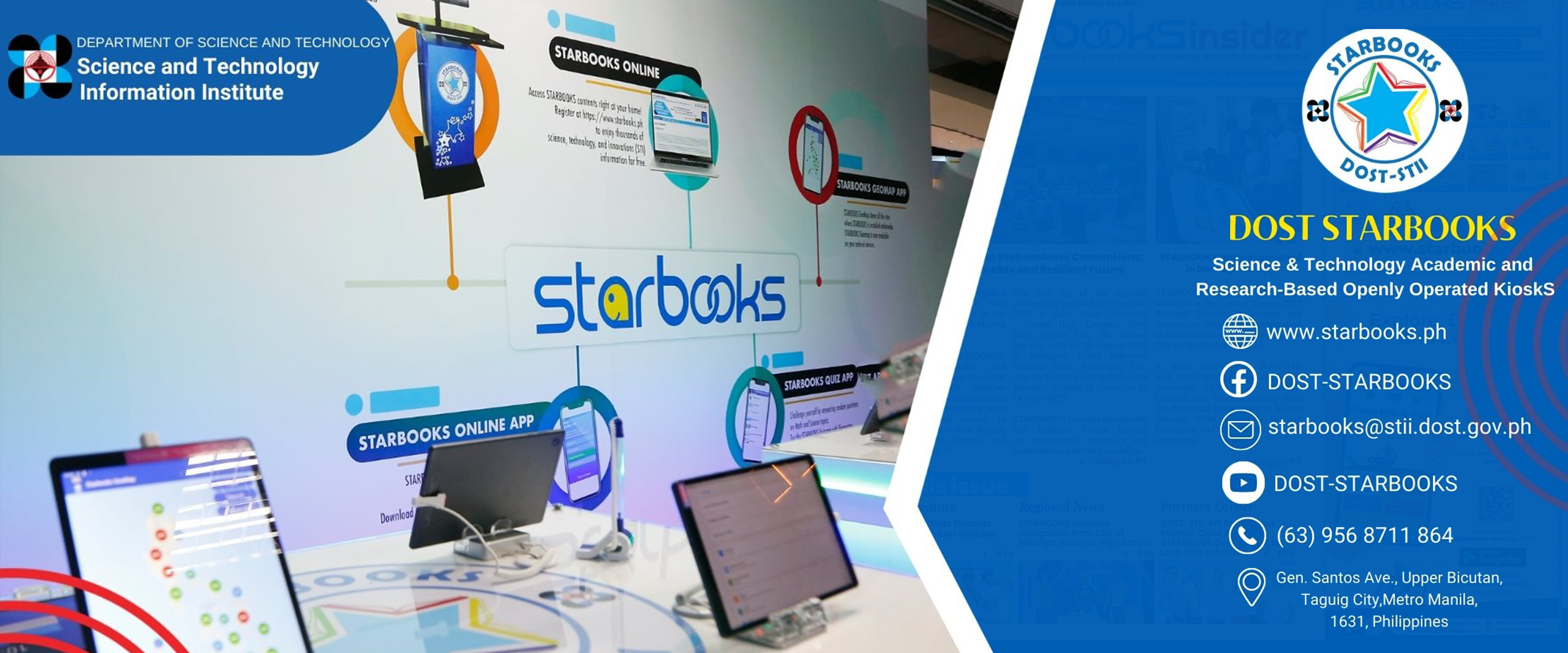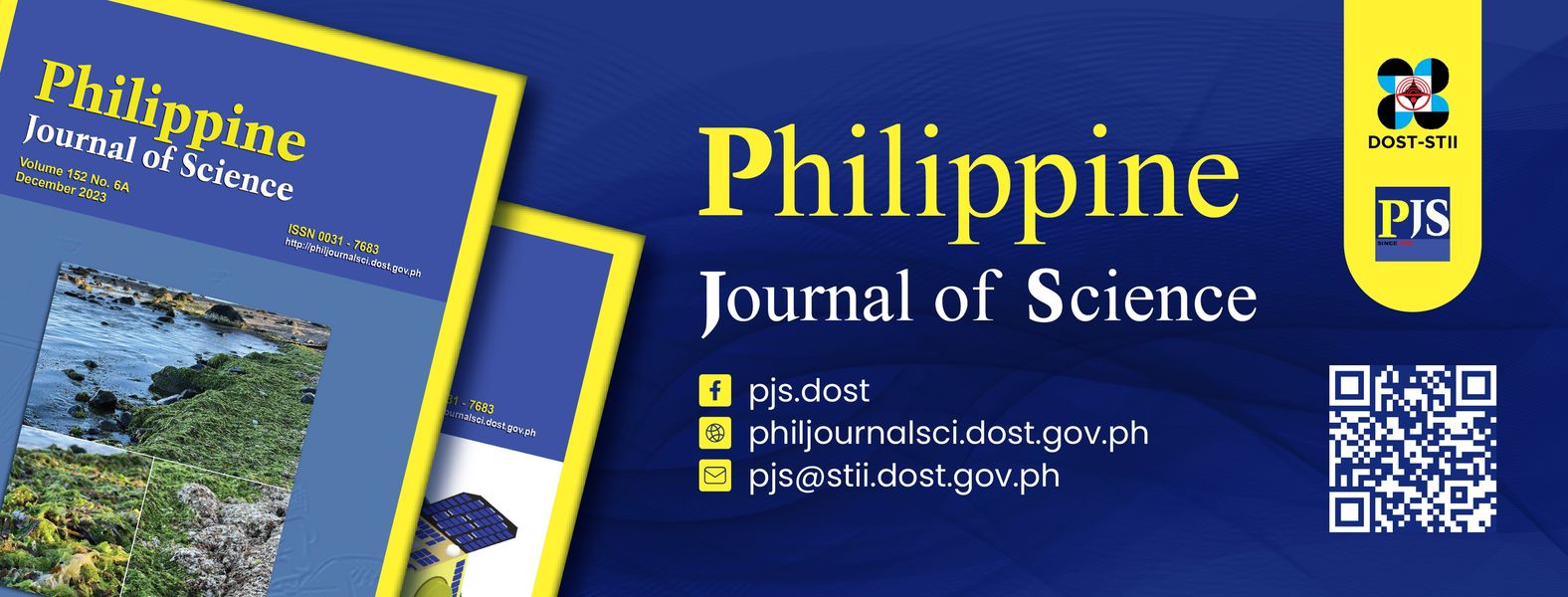Matina, Davao City- An inventor based in this city proposes a cutting edge technology solution to end the mass transport woes: amagnetic levitation or maglev train system.
Maglev technology is an efficient mass transport system that uses magnetic levitation to move vehicles without touching the ground. It travels along a guideway similar to the Department of Science and Technology’s Automated Guideway Transit in UP-Diliman and in Bicutan, Taguig City. Moreover, maglev technology can only be seen in some progressive countries such as Germany, China, and Japan among others.
Meanwhile, inventor Jose L. Guardo Jr.’s solution to the public transportation problems went public in style during the 2015 Regional Invention Contest and Exhibits at the NCCC Mall, Matina, Davao City.
Guardo’s patented maglev technology is an elevated ultra-lightweight, mid to high-speed hybrid monorail that uses dynamic hybrid magnetic array rotary propulsion wheel system, which according to him is ideal in transporting commuters from the urban and provincial route.
This means that at the bottom of the coach are components with a mix of electromagnets and neodymium iron boron, a rare earth magnetic material. These magnets are designed to create repulsions from the lower part that enables the train to levitate and propel the coach.
The train is also capable of making sharp curves of up to 15 meters. It has a track width of about 1.8 meters x 2.5 meters, which may still give the public the needed view of the Manila skyline.
It can run as fast as 200 kilometers per hour and can slow down a bit for shorter runs.
According to Guardo’s manuscript, the development of the maglev is cheaper as it will use aluminum as guideways. It will also use regenerative energy that returns energy to an inverter when the motor decelerates. Solar panels shall be installed on the terminal rooftops.
The maglev technology was a product of 15 years of research and development. According to Guardo, he was so fascinated with magnets in his younger years which boosted his interest on levitating cars as seen in some sci-fi movies of his youth. His previous attempt at magnetic levitation was done through an elevator system which he called Multi Car Cyclic Magnetic Elevator. In 2005, he invented the hybrid maglev monorail together with Domingo Peñaloza while the two were in Shanghai, China.
DOST support to inventor
During the opening of the RICE in Region 11, Technology Application and Promotion Institute director Edgar Garcia shared with the inventors the importance of their contributions to the country’s economic status. He further explained that inventions, which are eventually turned into patents and ultimately become products that employ hundreds of thousands of Filipino workers, help in the advancement of the Philippine economy and improve the lives of many people.
He elaborated that the country is steadily producing patents through various inventions that became commercially available in both local and international markets. Patents, Garcia said, is one of the basis for a country’s global competitiveness. “Before we were ranked 85th among the 147 countries in the global competitiveness rankings, but now we are at 47th and the Philippines is the fastest ASEAN country to achievesuch feat,” says Dir. Garcia. “That is why the DOST’s support to our inventors is in full swing.”
This fit well for Guardo as during the RICE press conference that immediately followed, DOST Region 11 director Anthony Sales and director Garcia gave their commitment in further developing the maglev train system into a working prototype. Director Sales says that a one-kilometer track requirement suggested by the maglev proponents shall be installed in the DOST property in BagoOshero to further develop and test the reliability of the invention.
Moreover, Dr. Aristotle Carandang of the DOST-Science and Technology Information Institute believes that the development of the maglev technology shall be expedited as DOST already has the capability and the facilities to develop rapid prototyping of the components needed. This is through the Makina at Teknolohiya Para sa Bayan or MakiBAYAN program of the DOST under the Metals Institute Research and Development Center.(By Joy M. Lazcano, S&T Media Service,DOST-STII)
Written by Administrator
Sunday, 04 October 2015 13:20


















 21 in 2021 Technology Catalogue
21 in 2021 Technology Catalogue 21 in 2021 Technology Catalogue
21 in 2021 Technology Catalogue DOST Innovations - Web and Mobile Applications for Disaster Risk Reduction and Management
DOST Innovations - Web and Mobile Applications for Disaster Risk Reduction and Management